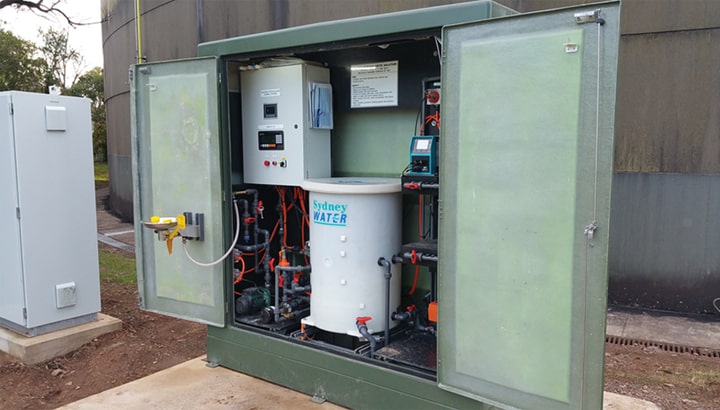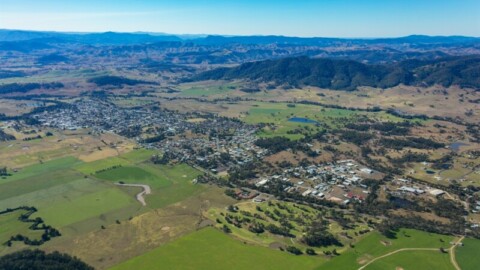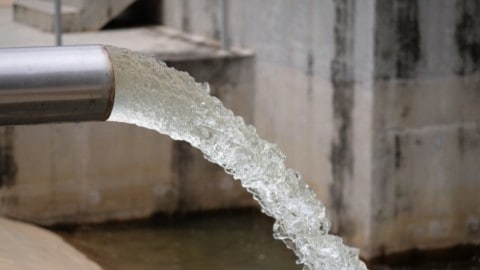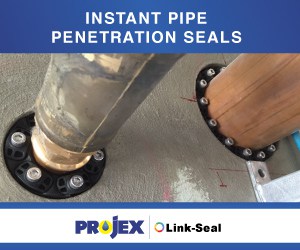By Dr Nicola Nelson, Manager Science Research and Innovation, Sydney Water
Sydney Water has a robust internal research and development capability, which is renowned globally. A large part of the success of this program has been the strong track record of collaboration with universities, other research agencies and the wider water industry. To further enhance developments in operations to create efficiencies and to provide superior customer service, Sydney Water is embracing research into existing technologies to adapt and adopt for future application.
We are exploring game-changing and disruptive technologies like artificial intelligence and advanced robotics. These technologies are developed and trialled, with the most promising technologies being implemented. Importantly, this approach has required stronger engagement with manufacturers to ensure we have technologies that can be developed and embedded into our day-to-day operations.
A number of technology trials are currently underway to improve the monitoring and management of our water and wastewater networks for short, medium and longer-term solutions to current utility operational challenges.
Internet of Things
Our Internet of Things (IoT) pilot explored potential applications of IoT, tested a range of technology solutions and investigated how IoT can provide value for our customers. The ability to detect a service fault before our customers know about it was our primary focus for this initiative, enabling proactive resolution by Sydney Water’s Customer Hub and leading to improved customer experience.
The project team installed around 320 sensors of 15 types in the Liverpool area, in the South West of Sydney, and used four low-power wide-area networks (LPWAN) to test their suitability in our environment and for the following use cases:
- Detect sewer blockages in reticulation assets
- Detect and predict sewer overflows
- Identify water pressure issues in the water reticulation network
- Support smart metering of customer water usage with IoT

Record and monitor valve positions
The pilot demonstrated the end-to-end signal transmission from a device in the field to standard visualisation apps in the office. The technology automatically raised alarms which reduced the overall reaction time and helped mitigate negative impacts on our customers, the environment and eventually Sydney Water.
The data collected throughout the pilot will feed machine learning and predictive analytics. Early benefits are already being realised, including where multiple blocked sewers are being detected and remedial action is able to be undertaken to mitigate surcharges.
Online dosing system for water treatment
In the water delivery process, chlorine residual in water reservoirs is variable using a manual dosing system.
The manual process of carrying the chlorite tablets to the roof of a reservoir and placing the chlorite into the treatment equipment has potential safety implications. There is also potential corrosion of the roof of the reservoir if any chlorite contacts the surface.
The creation of a ground level dosing system allows the hypochlorite to be dosed from the ground and allows control over the amount of chlorine added to the system by varying the rate at which the calcium hypochlorite is dissolved. The new system has eliminated the need for operators to climb the reservoir, and the potential of corrosion of reservoir roofs has been minimised.
Chlorine residuals are now tightly controlled ensuring the highest quality of water supplied to our customers.
Reducing the impact of water main shutdowns on customers
Sydney Water has trialled hydrant wizards to bypass water mains when maintenance and urgent repairs need to be done. The technology allows us to isolate flow through the hydrant and avoids shutting down a water main. The technology was trialled on a 250mm main located in North-Western Sydney, where the shutdown would have affected 116 properties. Using the hydrant wizard minimised the work area on a main road with a 100km/h speed limit and resulted in minimal water loss in recharging the main. It also reduced customer impacts and potential rebate costs.
Developing future robotics capability for our pipes
Sydney Water currently spends almost $100 million annually on pipe renewals. Since the early 2000s, Sydney Water has reduced the level of breaks and leaks by more than 50 per cent. However, it remains a challenge to know exactly when and where our pipes will break. The ability to better target vulnerable sections of pipe during renewals may save up to 20 per cent on pipe renewal costs by avoiding repeat failures in the same pipe region.
In collaboration with the University of Technology Sydney (UTS), we are developing innovative robotic tools with advanced sensing capability to improve pipe condition assessment techniques. Different sensors can be connected to the robot to detect key parameters for pipe performance such as wall thickness. This builds on previous work with Data 61 to develop predictive analytics tools, which help us prioritise high-risk critical water mains, small mains and active leak detection areas.
The robotic tools will allow Sydney Water to undertake pipe inspections more cost-effectively and safely, by being able to identify vulnerable sections of water and wastewater pipes for asset replacement and/or maintenance. The shift to smart robotics tools will enable Sydney Water to enter a new frontier of water management with more cost-effective, efficient and safer pipe inspections, and ultimately less disruption for customers.
Enhancing sewer monitoring capability
Sydney Water spends around $60-80 million annually on management and rehabilitation of deteriorated concrete trunk sewers, corrosion and odour at treatment plants. Conventional humidity sensors for monitoring sewers only last a few weeks in our sewers.
We are working with Macquarie University, City University London and Edinburgh Napier University to tailor the use of photonic sensors to monitor corrosion that will survive in aggressive sewer environments. These sensors were being used in structural health monitoring of corrosion in assets like railway bridges, but had never been applied to water infrastructure.
The use of photonic sensors can now provide online, long-term, continuous humidity data that is crucial to corrosion management in gravity sewers. Photonic sensors are lasting months in our sewers. Trials of the sensors are ongoing and plans are underway to deploy sensors more widely in our network.
Improving raw water quality treatment and capacity
Poor raw water quality and increased levels of coloured natural organic matter impact the performance of our water filtration plants, reducing the volume of safe drinking water that can be provided by the plant. To maximise the plant’s capacity, Sydney Water, in collaboration with University of NSW and SME Instrument Works, has developed a world first instrument to measure floc strength in our water treatment plants. It enables the optimisation of treatment chemical use and maximises water production at the plants, particularly after heavy rain.
The instrument is designed to address water treatability but it is also robust and easy to use, making it suitable for use by our operators in the treatment plants. The instrument is currently being used and validated at Nepean Water Filtration Plant.
The future
Sydney Water is proud of our strong track record in exploring the application of emerging technologies to improve the way we manage our networks. However, we realise we can’t stand still and must continue to change, adapt and embrace new technologies. With many game-changing technologies being evaluated, we also need to consider the skills and capabilities that will be needed to enable the organisation to ‘do things differently’ and build greater resilience into our infrastructure and operations. This will ensure the organisation is well positioned to respond to future challenges and to take advantage of opportunities that will drive innovative approaches for the benefits of our operations and our customers.

















